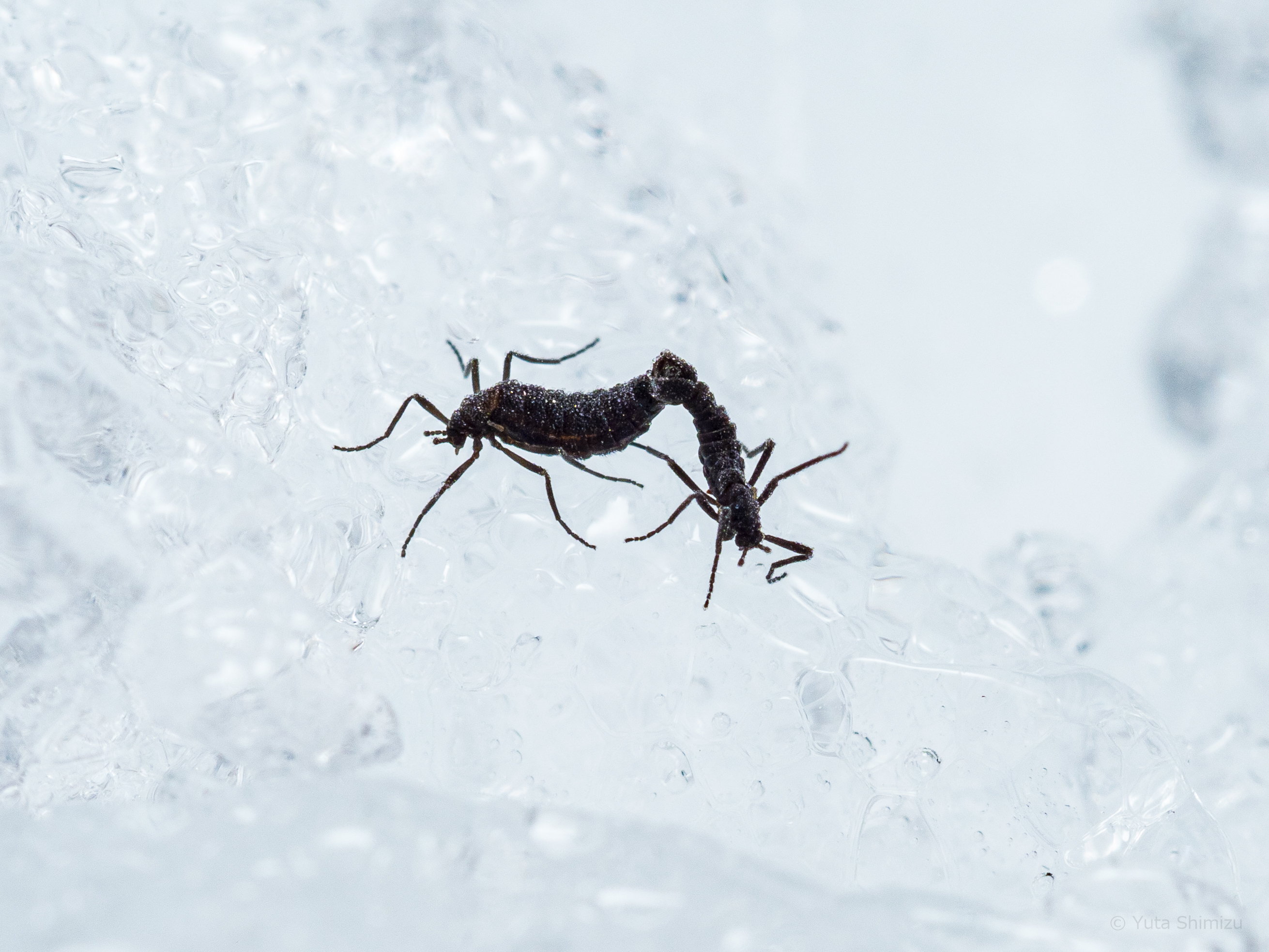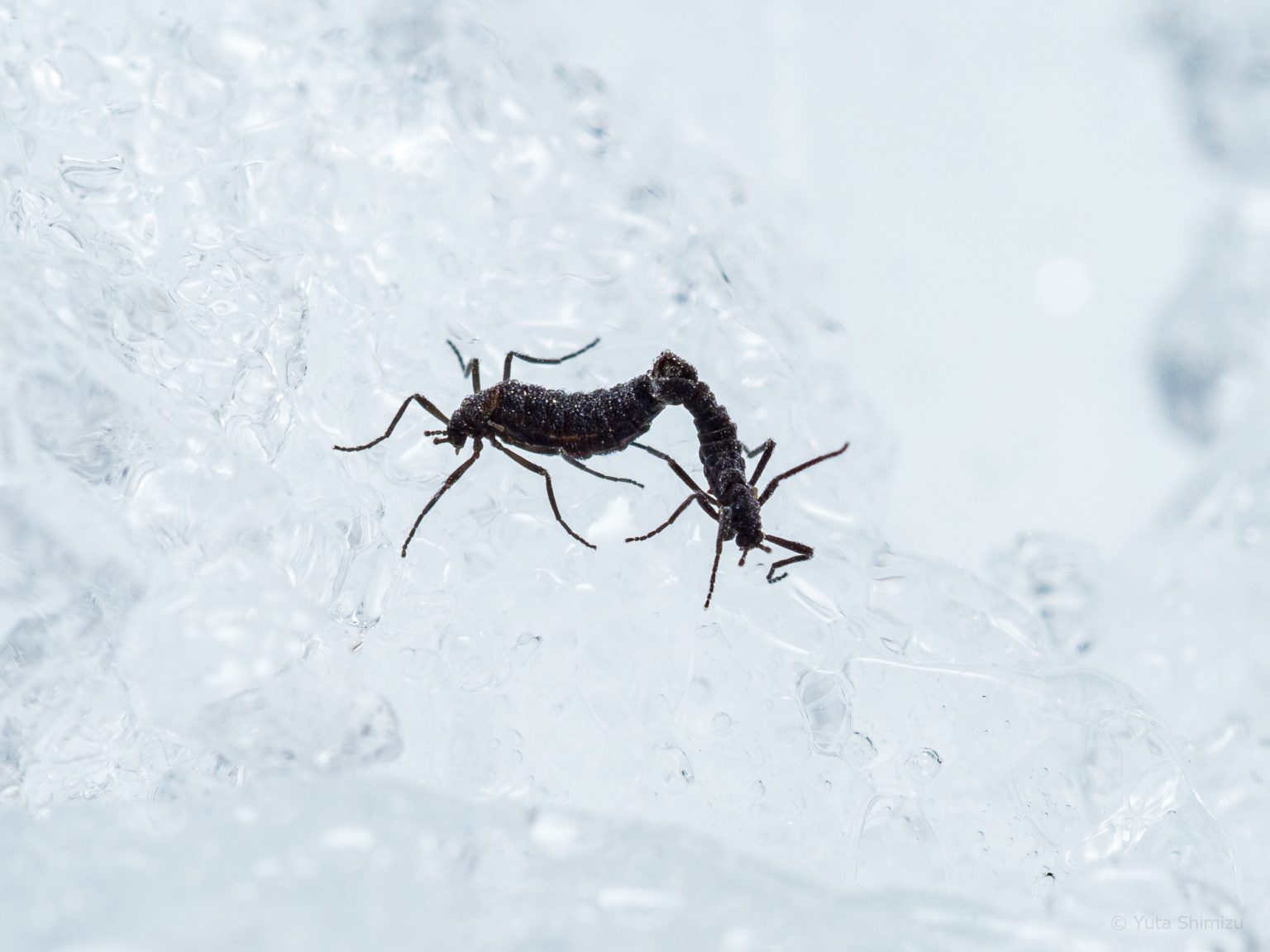SWSCinsect – by Stephen Beech
ONLINE EMBARGO 10.00 GMT, 12/02/25
The “unique” way Antarctica’s only native insect survives the extreme cold could help humans travel deep into space, according to a new study.
The tiny flightless Antarctic midge (Belgica antarctica) has developed its own method of coping with freezing temperatures, say Japanese scientists.
And they believe it could provide clues for humans about subjects such as cryopreservation – the preservation of living things by cooling them to very low temperatures.
Cryopreservation has previously been suggested as a way that humans could survive traveling in space beyond our own solar system, and has featured in science fiction films such as Alien.
An international research team, led by scientists at Japan’s Osaka Metropolitan University, found that the midge deals with the seasons during its two-year life cycle by undergoing “quiescence” in its first year and “obligate diapause” in its second.
Graduate School of Science Professor Shin Goto and Dr. Mizuki Yoshida explained that quiescence is a form of dormancy in immediate response to adverse conditions, and when conditions improve, the organism becomes active again.
The team said obligate diapause is a dormant period naturally induced at a fixed time in an organism’s life cycle, a rare form seen in insects in temperate regions.
Dr Yoshida, now a researcher at Ohio State University in the US, said: “We were able to establish a method for rearing the Antarctic midge over a period of six years to find out some of their environmental adaptation mechanisms.”
Their findings, published in the journal Scientific Reports, show that Antarctic midge larvae usually grow to their second instar by the first winter and undergo quiescence so that they can quickly resume development at any moment when it suddenly becomes warmer.
Dr Yoshida said: “As the second winter approaches, the larvae reach the final fourth instar, but they do not pupate.
“Instead, they enter obligate diapause so that they all emerge as adults when summer arrives.
“As adults, they have only a few days of life and need to find a mate, so this timing mechanism is key to their survival.”
Prof Goto said: “We determined that for the Antarctic midge obligate diapause with the onset of low temperatures in winter so that the larvae all pupate at the same time and emerge as adults at the same time.”
He added: “Although seasonal adaptation strategies involving overwintering multiple times using both quiescence and obligate diapause have not been reported in other organisms, we believe that insects inhabiting harsh environments such as the Arctic and high altitudes might be employing similar strategies.”




